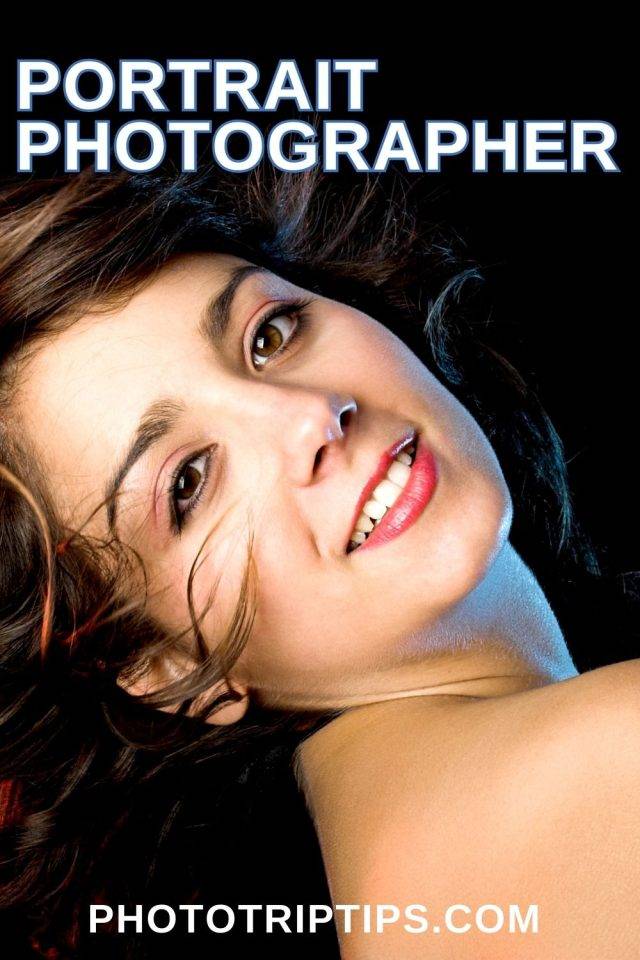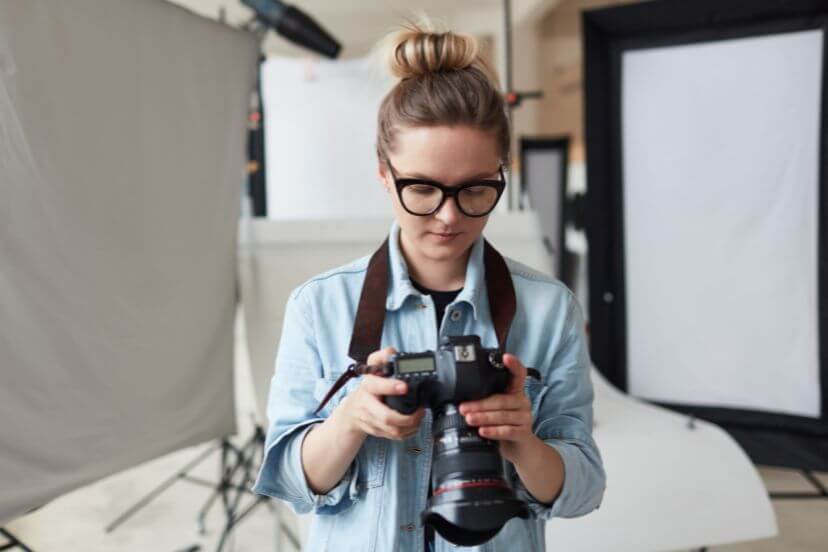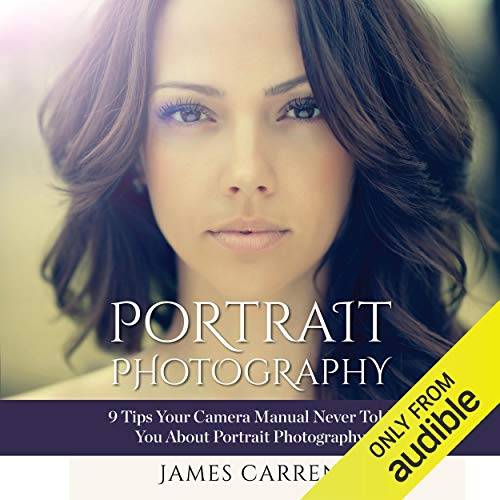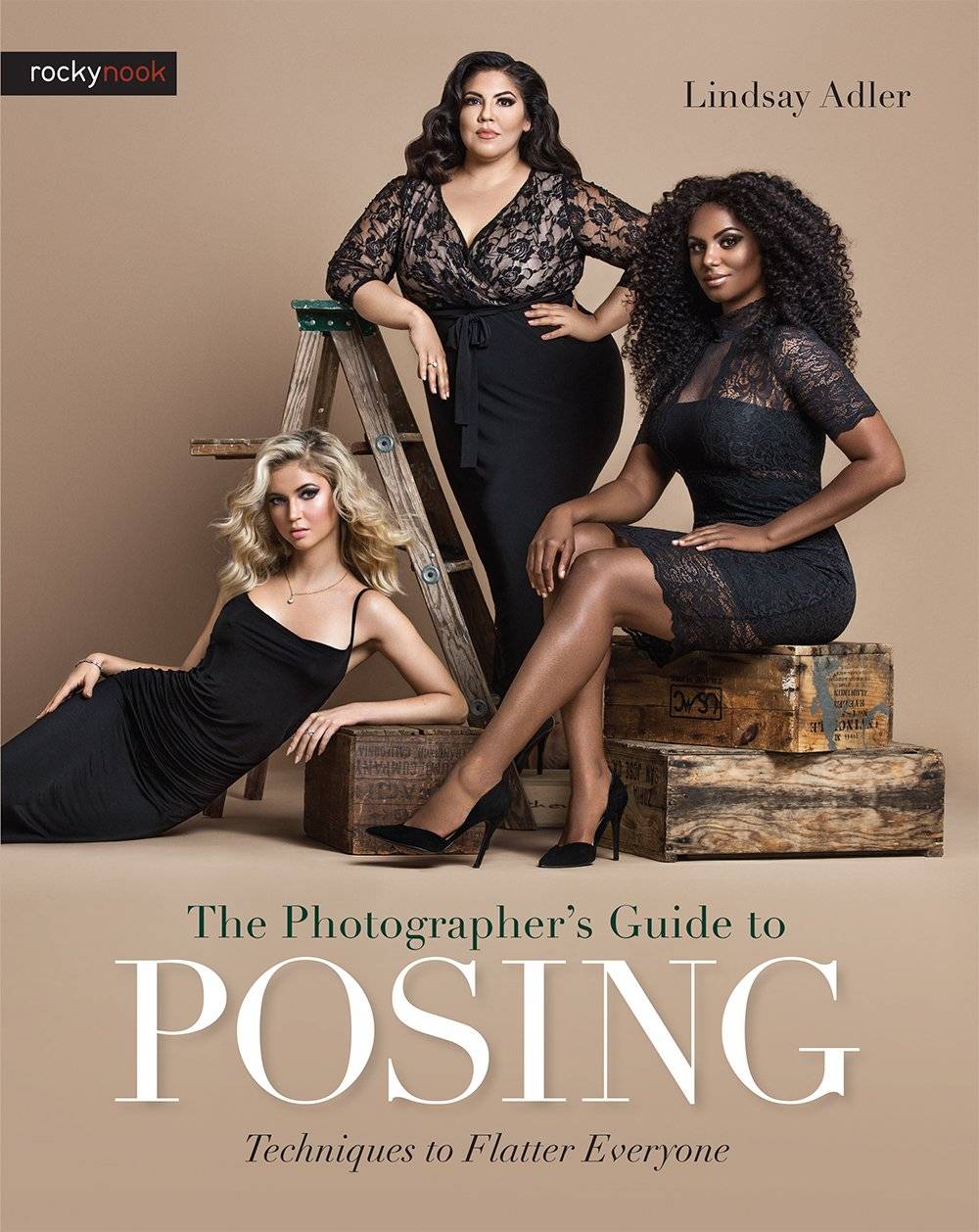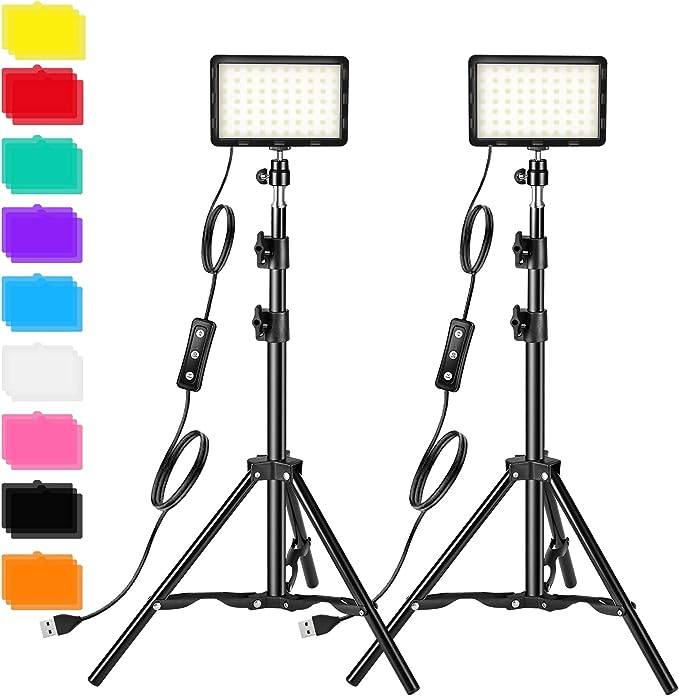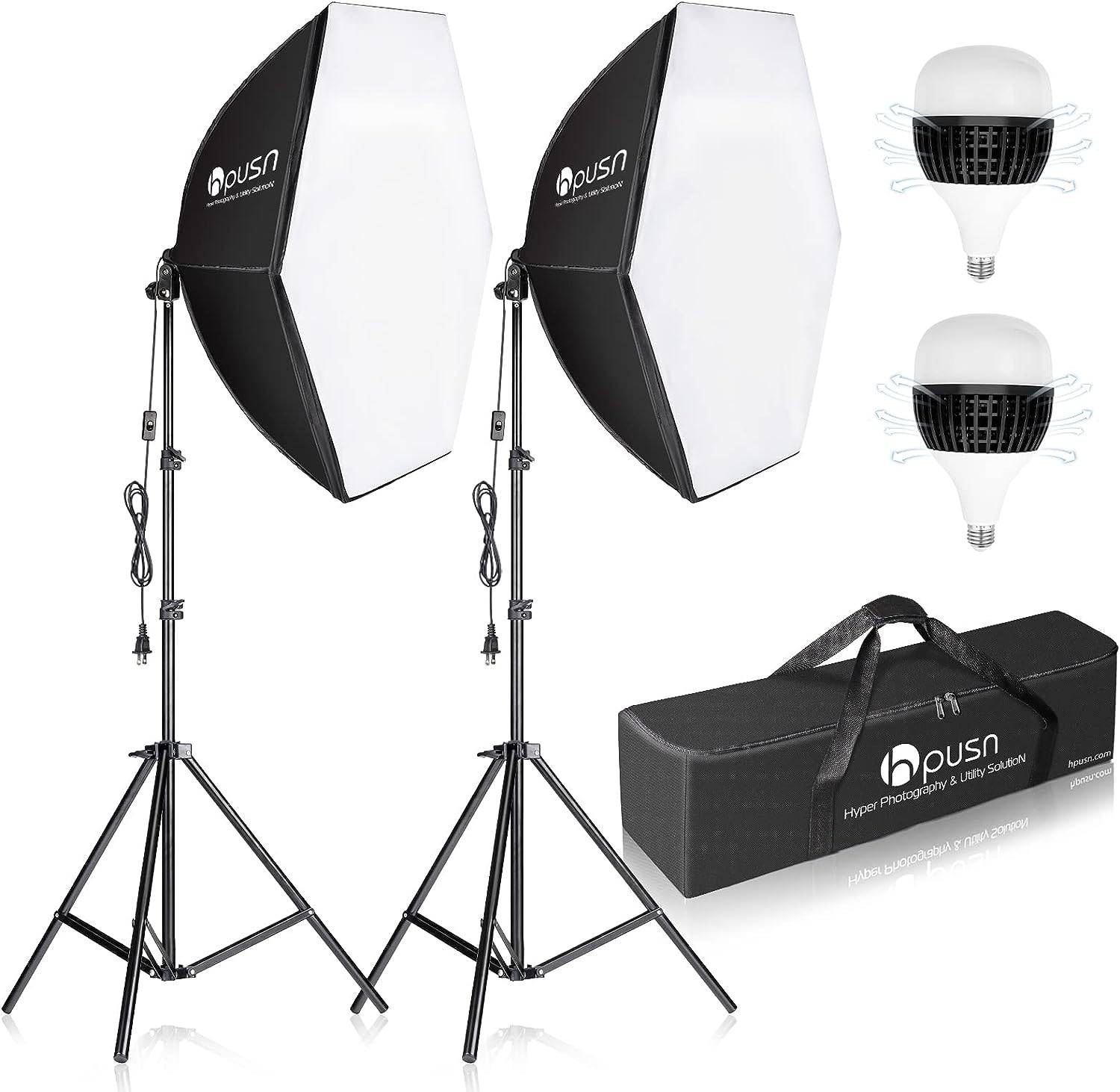Freezing Emotions in Frames: Unleashing Your Inner Portrait Photographer
Introduction to Portrait Photographer
If you’re someone who’s captivated by the art of capturing human emotions, personalities, and stories, then portrait photography might just be your calling. From freezing genuine smiles to immortalizing moments of introspection, portrait photography is a magical world that allows photographers to connect with people through the camera lens. Let’s embark on a journey into the world of a portrait photographer, where every click tells a unique tale.
I am a participant in the Amazon Services LLC Associates Program, an affiliate advertising program designed to provide a means for me to earn fees by linking to Amazon.com and related sites. This post may contain affiliate links, which means I may receive a commission, at no cost to you, for purchases made using my links. Please see my disclosure to learn more.
Skills and Qualities of a Successful Portrait Photographer
A great portrait photographer is not just someone who can operate a camera; it’s an artist with a knack for storytelling. The ability to think creatively and present subjects in unique perspectives sets exceptional portrait photographers apart. Equally vital, are the people skills that enable them to establish a rapport with their subjects, making them feel at ease and bringing out their authentic selves.
Of course, technical proficiency is non-negotiable. A portrait photographer should be as comfortable with camera settings as they are with a warm smile. Understanding lighting is crucial, whether it’s natural light filtering through a window or a well-placed studio light. And let’s not forget the attention to detail that ensures every strand of hair is in place and every gleam in the eye is captured.
Choosing the Right Equipment for Portrait Photography
So, you’re ready to dive into portrait photography? The right equipment will be your trusty sidekick on this journey. A camera with a decent resolution and quality lenses will be your best friend. Prime lenses are excellent for portraits, offering that creamy background blur we all love. Lighting equipment is equally significant – experiment with softboxes, reflectors, and diffusers to master different lighting styles. And don’t forget accessories like tripods to maintain stability during those elaborate shoots.
Setting Up the Perfect Portrait Shot
Imagine this: you’ve got a camera, an eager subject, and a stunning location. Now, what? Start by selecting a background that complements your subject – something that doesn’t steal the limelight but enhances the overall composition. Next, guide your subject with gentle prompts to capture candid expressions. Whether it’s a hearty laugh or a reflective gaze, these moments are pure gold. And lighting? It’s your painter’s brush; play with it to sculpt mood and depth.
Post-Processing and Editing in Portrait Photography
The shutter has clicked, and you’re left with a plethora of digital canvases. Now comes the digital darkroom magic. Post-processing is where you can refine your art. From color correction to retouching, these edits can elevate your image while maintaining authenticity. Remember, your goal isn’t to create unrecognizable subjects, but to accentuate their natural beauty.
Building a Successful Career as a Portrait Photographer
You’ve honed your skills, captured countless moments, and your portfolio is brimming with stories. What’s next? Building a career as a portrait photographer involves more than just clicking pictures. Create an online presence – a website or social media profiles – to showcase your work. Networking is your secret weapon; collaborate with clients, fellow photographers, and other professionals. Challenges will arise, but every hurdle is a chance to learn and grow.
Final Thoughts
Portrait photography is a journey of discovering the essence of humanity. As a portrait photographer, I’ve laughed, empathized, and immortalized the beautiful range of human emotions. So grab your camera, find your muse, and paint portraits that speak volumes without saying a word.
FAQs About Portrait Photography
- What’s the best lens for portrait photography?
Different lenses offer unique perspectives, but prime lenses like 50mm or 85mm are popular choices due to their wide apertures and pleasing bokeh.
- How do you make shy subjects comfortable during a shoot?
Building a rapport is key. Engage in conversation, share anecdotes, and create a relaxed atmosphere. Sometimes, showing them a few test shots can boost their confidence.
- Is extensive post-processing necessary for portrait photography?
Not necessarily. While some retouching can enhance an image, the goal is to maintain authenticity. Subtle edits for color and contrast can make a significant difference.
- Can I pursue portrait photography as a full-time career?
Absolutely! Building a solid portfolio, networking, and consistently delivering high-quality work can pave the way for a successful career in portrait photography.
- How do outdoor and studio portrait photography differ?
Outdoor photography often incorporates natural light and surroundings, lending a more organic feel. Studio photography provides greater control over lighting and allows for creative backdrops.
